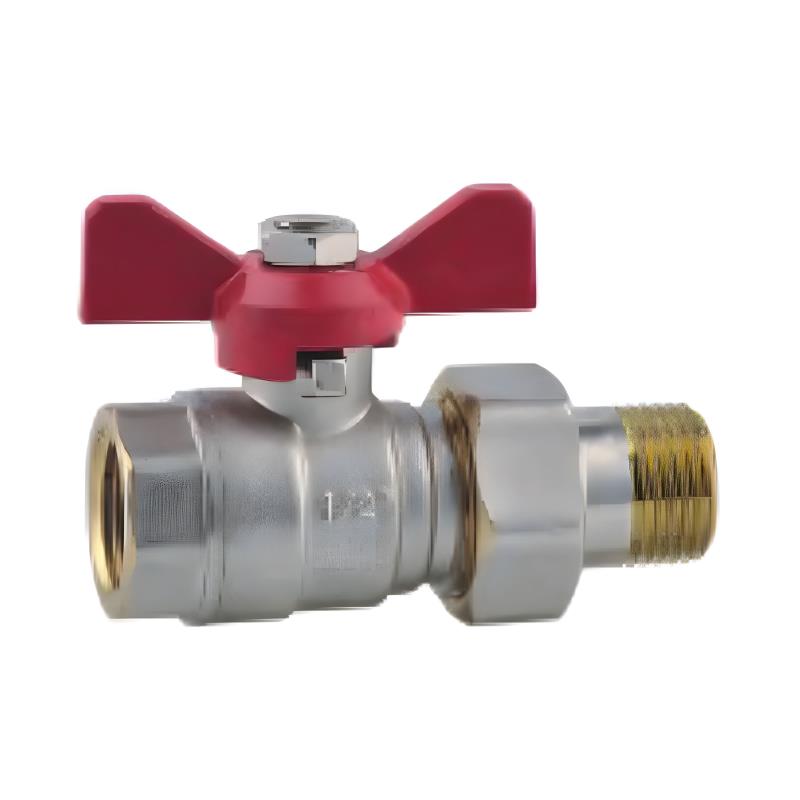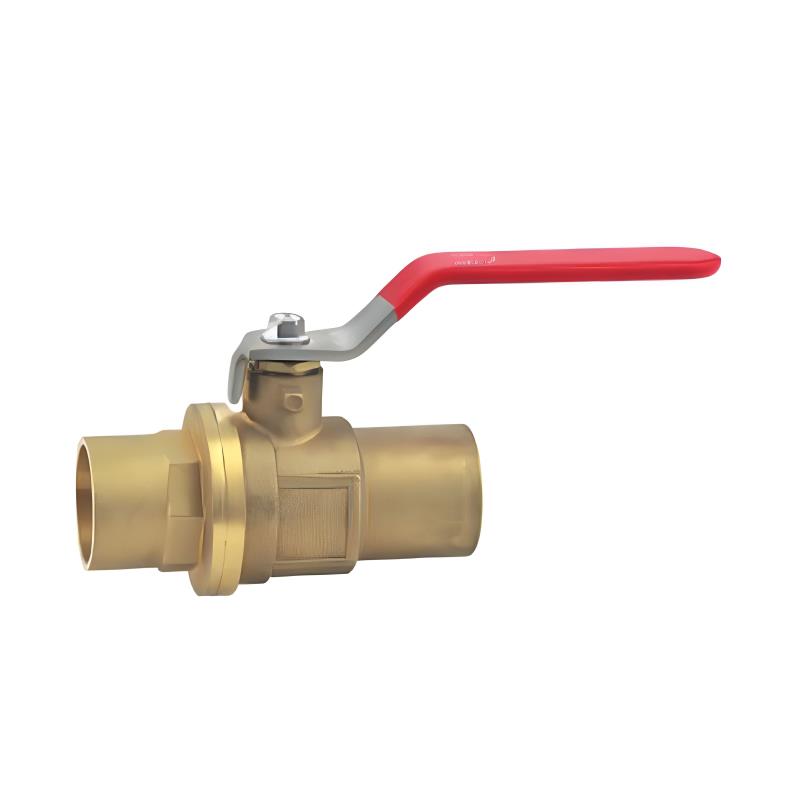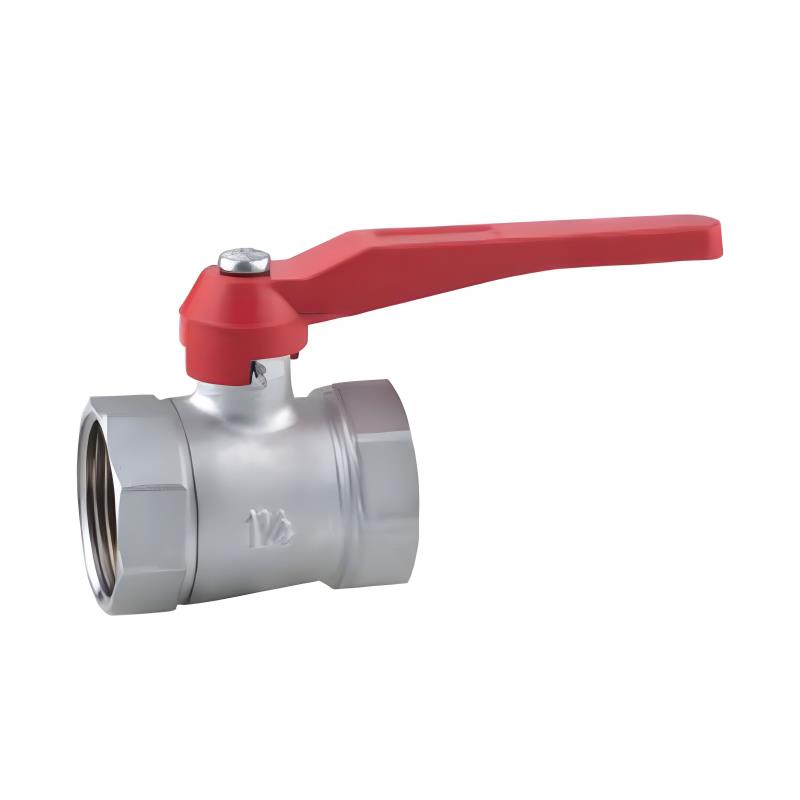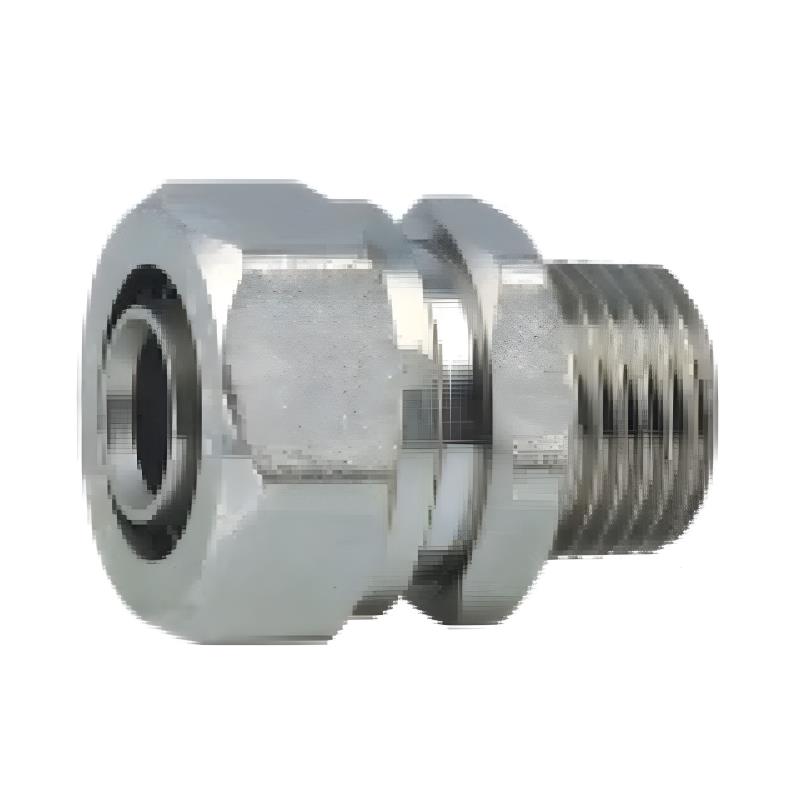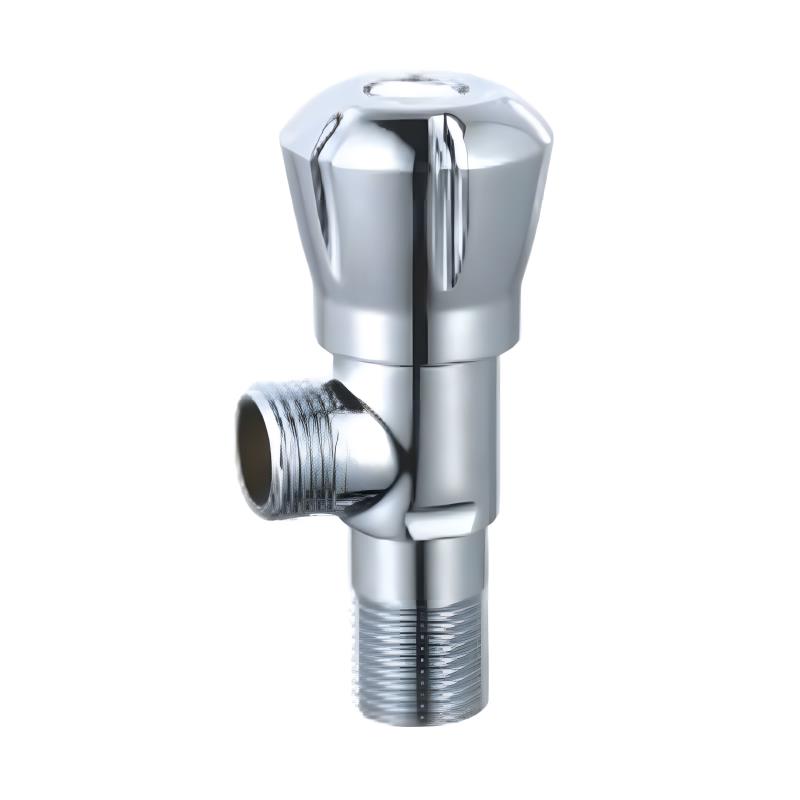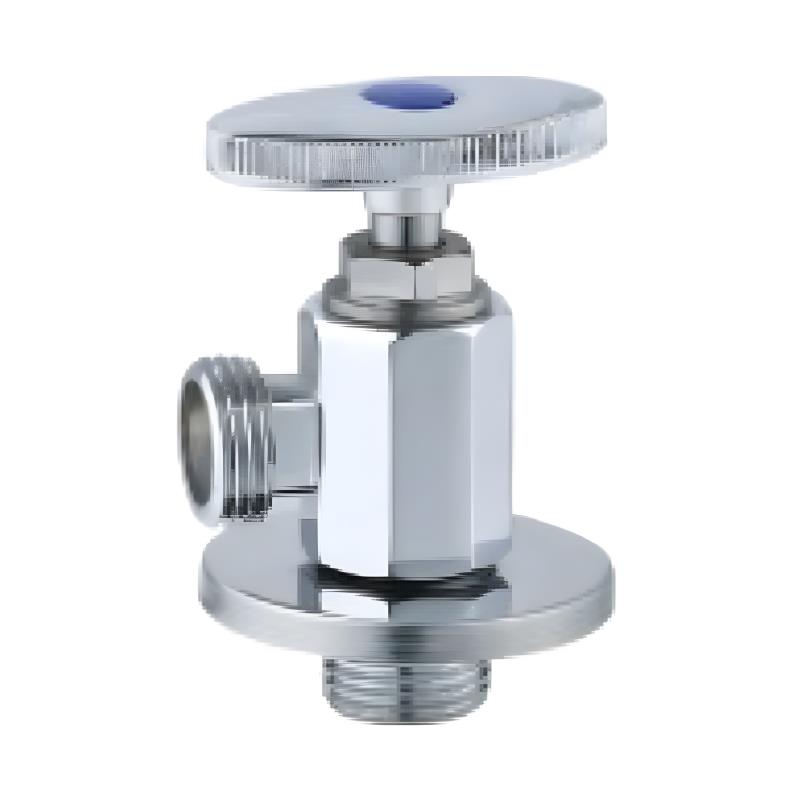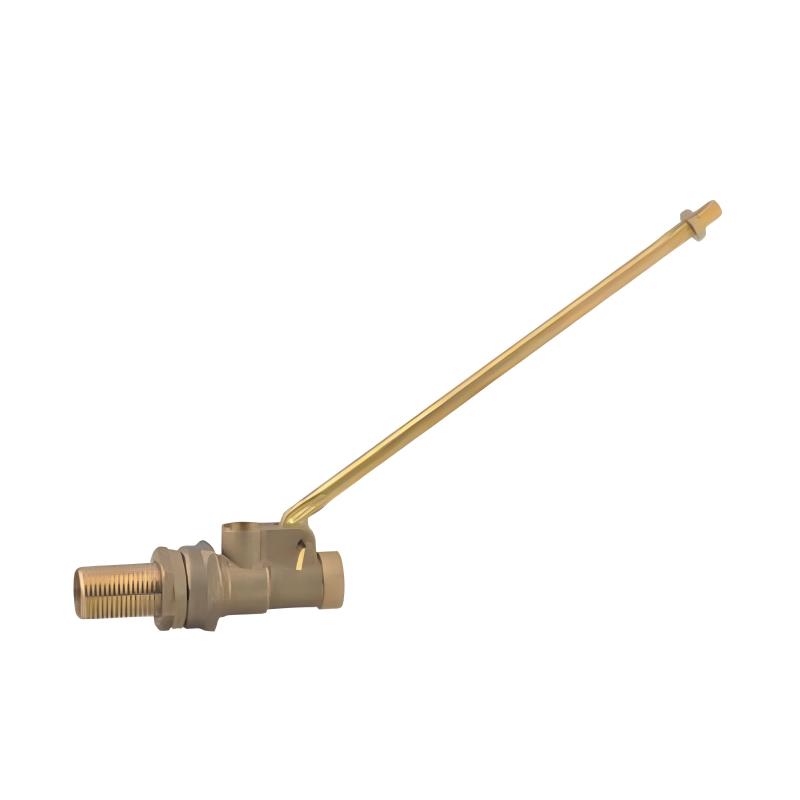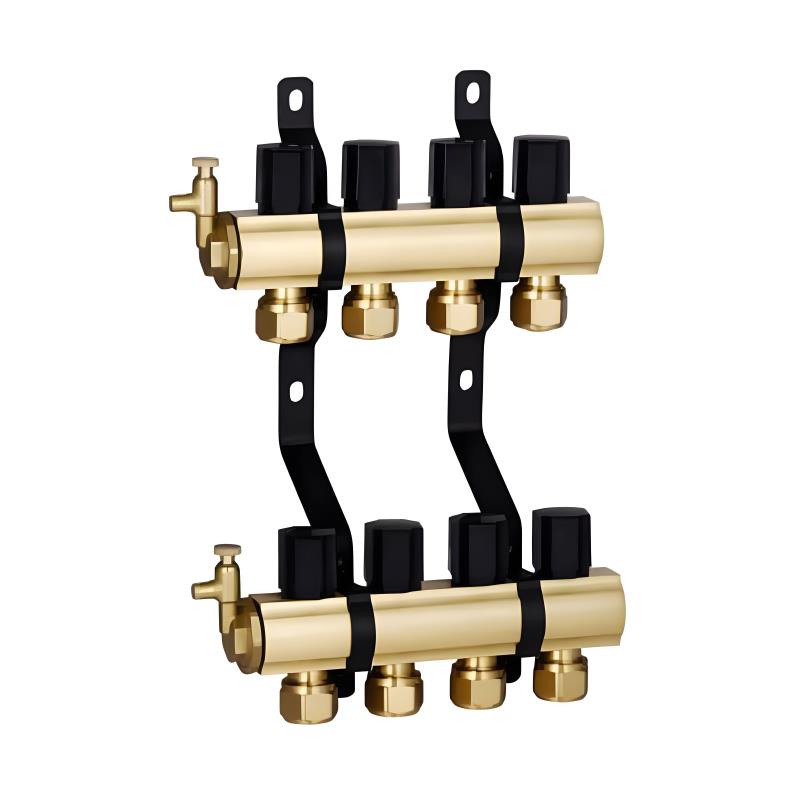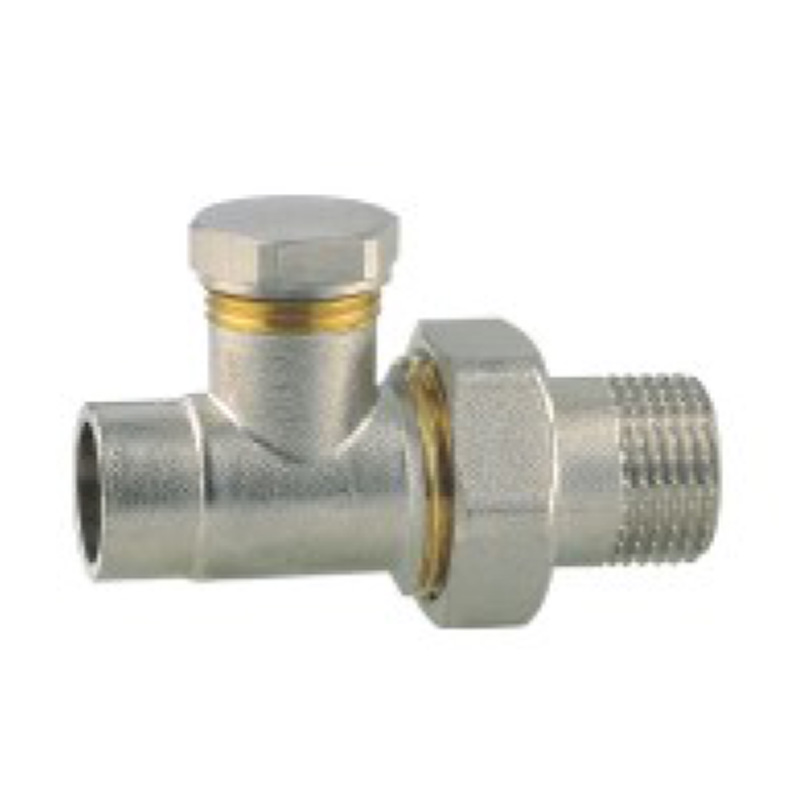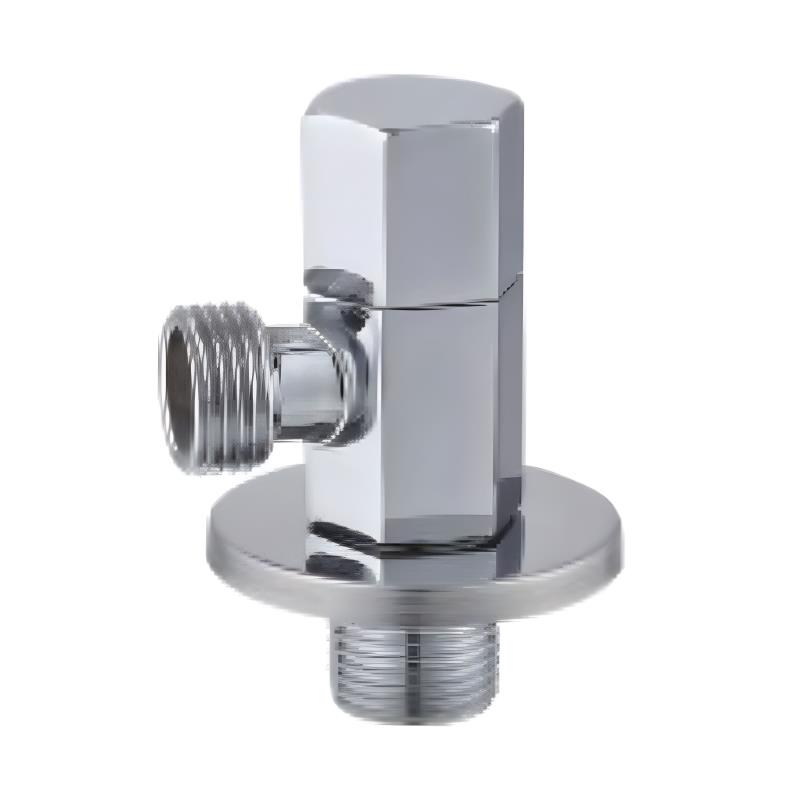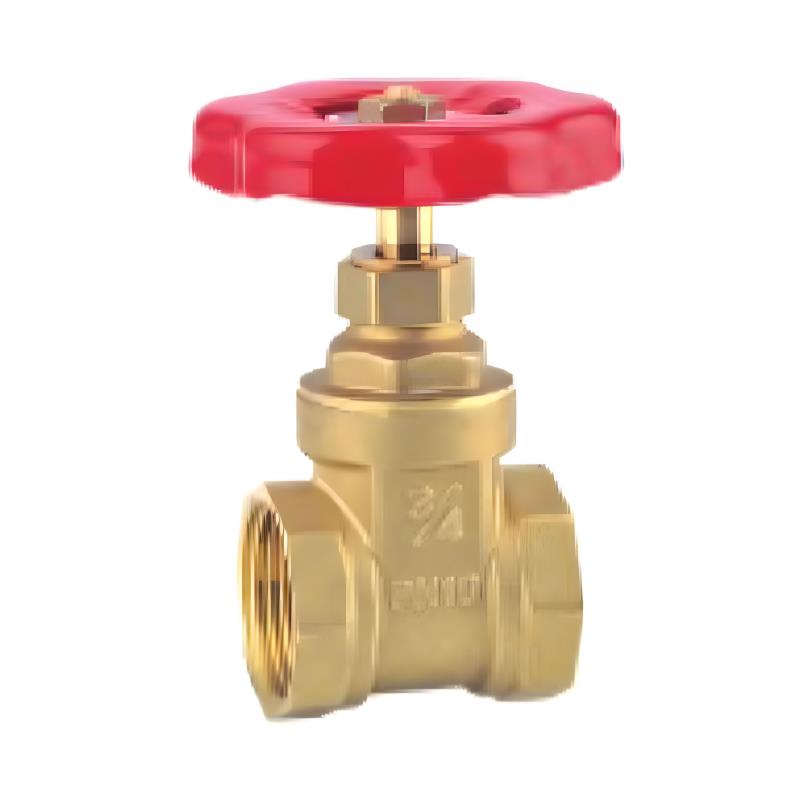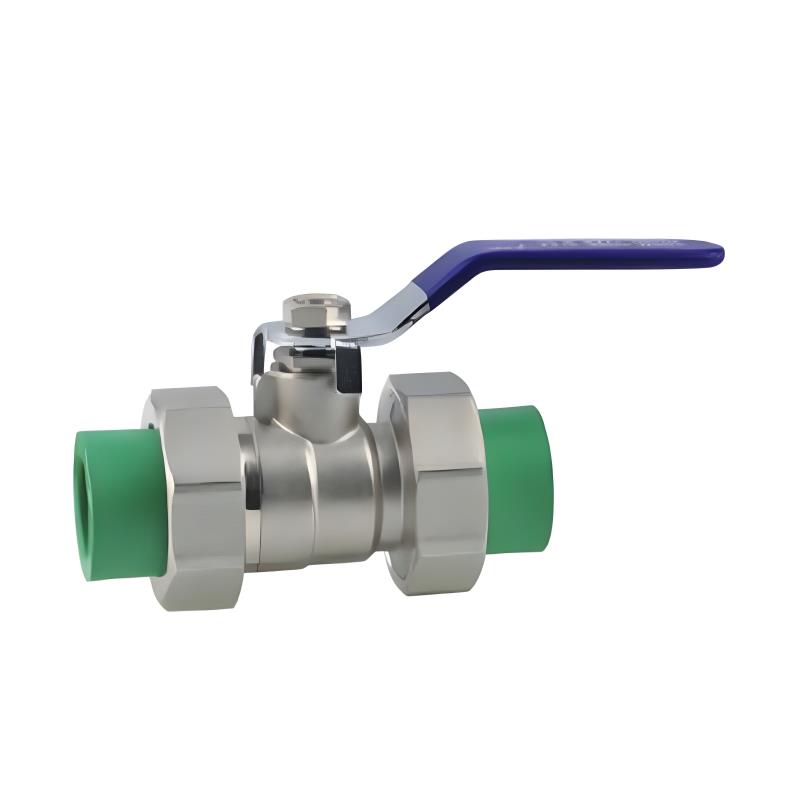 +86-13989680588
+86-13989680588 graylin@hongjiavalve.com
graylin@hongjiavalve.com
Web Menu
Product Search
Exit Menu
Submit feedback
The Power of Quick Joints: Revolutionizing Connections in Modern Industries
The Power of Quick Joints: Revolutionizing Connections in Modern Industries
Sale steel quick release ball joints Manufacturer
In the world of construction, engineering, and various other industries, the efficiency and reliability of connections are paramount. This is where the quick joint comes into play, a marvel of modern engineering that has revolutionized the way we join components. Quick joints are designed to provide a secure, fast, and easy-to-use solution for connecting various parts, whether it's in the assembly of machinery, the construction of buildings, or the setup of temporary structures. Let's delve into the characteristics of quick joints and explore their diverse usage scenarios.
Characteristics of Quick Joints
Quick joints are known for their speed and ease of use. They are engineered to be installed quickly, often without the need for specialized tools or extensive training. This feature is particularly beneficial in situations where time is of the essence, such as in emergency repairs or rapid construction projects. The simplicity of a quick joint also means that there is less room for error, reducing the likelihood of misalignment or improper installation.
One of the standout features of quick joints is their strength and durability. Despite their ease of installation, these joints are designed to withstand significant stress and weight. This makes them ideal for heavy-duty applications, such as in the automotive industry or in the construction of large-scale structures. The robustness of quick joints ensures that they can maintain their integrity over time, even under harsh conditions.
Another key characteristic of quick joints is their versatility. They are compatible with a wide range of materials, including metals, plastics, and composites. This adaptability allows quick joints to be used in a variety of industries and applications, from aerospace to furniture manufacturing. The universality of quick joints means that they can be a one-stop solution for many joining needs.
Usage Scenarios for Quick Joints
One of the primary usage scenarios for quick joints is in the assembly of machinery. In factories, where efficiency is key, quick joints allow for the rapid assembly of complex machinery. This not only speeds up production but also reduces the risk of injury due to the ease of installation. The quick joint's ability to hold components firmly in place ensures that machinery operates smoothly and safely.

In the construction industry, quick joints are a game-changer. They are used extensively in the assembly of prefabricated buildings, where speed and precision are crucial. The use of quick joints in this context allows for the rapid construction of structures, reducing both time and labor costs. Additionally, their strength ensures that the buildings are structurally sound and can withstand various environmental pressures.
Temporary structures, such as those used for events or disaster relief, also benefit from the use of quick joints. These joints allow for the quick setup and dismantling of shelters, stages, and other structures. The ease with which quick joints can be installed and removed makes them ideal for situations where time is limited and flexibility is required.
In the automotive industry, quick joints are used for the assembly of vehicles. They provide a secure connection between various components, such as the chassis and the body, ensuring that the vehicle is stable and safe. The quick joint's durability also means that it can withstand the rigors of daily use, providing long-term reliability.
A less obvious but equally important application of quick joints is in the furniture industry. Quick joints allow for the easy assembly and disassembly of furniture, making it more convenient for consumers to transport and store. This is particularly useful for companies that sell furniture online, as it simplifies the shipping process and reduces the risk of damage during transit.
In conclusion, quick joints are a versatile and essential component in many industries. Their speed, strength, and adaptability make them an ideal solution for a wide range of applications. From the assembly line to the construction site, quick joints are changing the way we connect and assemble components. As technology continues to advance, it is likely that the use of quick joints will only increase, further streamlining processes and enhancing the efficiency of various operations. The future looks bright for quick joints, as they continue to prove their worth in a multitude of scenarios.
Recommended products

Mobile
HONGJIA NETWORK
Products are exported to Europe, America, Middle East, Southeast Asia, Africa and other countries and regions. If you are interested in cooperation, please contact us immediately.

-
Phone:+86-13989680588
-
Email: graylin@hongjiavalve.com
-
Address: Ganjiang industrial,Yuhuan, Zhejiang, China

